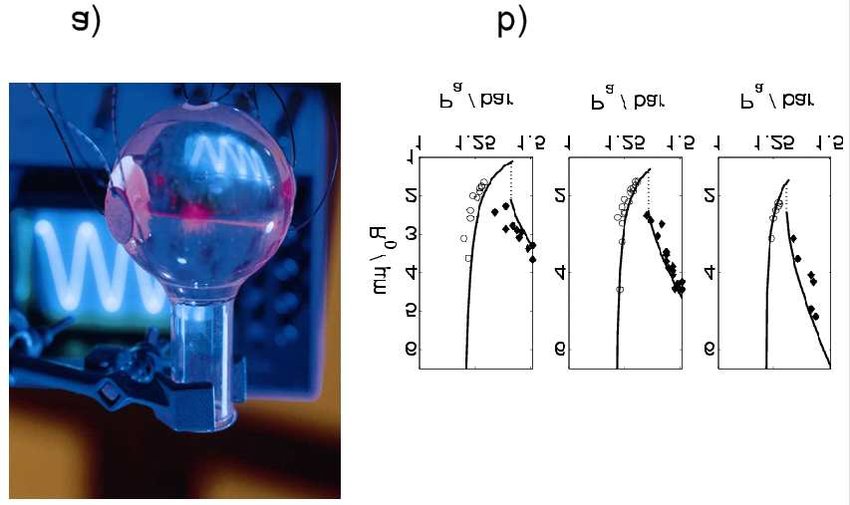
Sonoluminescence, a captivating phenomenon where light is emitted from microscopic bubbles in a liquid under the influence of sound waves, has captivated scientists for decades. Despite years of study, it continues to hold many mysteries, challenging our understanding of physics and pushing the boundaries of scientific exploration. In this article, we embark on a journey into the fascinating world of sonoluminescence, exploring its origins, characteristics, and potential applications.
The Genesis of Sonoluminescence: The story of sonoluminescence traces back to 1934 when Herman Frenzel and H. Schultes stumbled upon the phenomenon while conducting experiments on sonar at the University of Cologne. They observed minuscule dots of light emitted from bubbles in photographic developer fluid subjected to ultrasound. This serendipitous discovery laid the groundwork for further exploration into this enigmatic phenomenon.
Multi-Bubble and Single-Bubble Sonoluminescence: Sonoluminescence can manifest in two primary forms: multi-bubble sonoluminescence (MBSL) and single-bubble sonoluminescence (SBSL). MBSL involves the emission of light from numerous short-lived bubbles, while SBSL focuses on a single bubble emitting intense bursts of light within an acoustic standing wave. SBSL, discovered in 1989 by Felipe Gaitan and Lawrence Crum, revealed the astonishing heat generated within the collapsing bubble, reaching temperatures capable of melting steel.
The Mechanics of Sonoluminescence: At its core, sonoluminescence occurs when a gaseous cavity in a liquid rapidly collapses under the influence of intense sound waves. This collapse generates extreme temperatures and pressures, culminating in the emission of light. In controlled laboratory conditions, a single bubble can be stabilized within an acoustic standing wave, cyclically expanding and collapsing to emit light with each compression.
Characteristics and Challenges: Sonoluminescent bubbles emit brief flashes of light lasting mere picoseconds, with peak intensities ranging from 1 to 10 million lumens. These bubbles, measuring about 1 micrometer in diameter, exhibit remarkable stability in terms of frequency and position within the acoustic wave. However, challenges such as geometric instabilities and varying estimates of temperature pose significant hurdles to further understanding.
Exploring Potential Applications: Despite its elusive nature, sonoluminescence holds immense promise for a wide range of applications. From advanced imaging techniques to the study of exotic states of matter, researchers envision harnessing its power for medical diagnostics, quantum computing, and even fusion energy. The tantalizing prospect of achieving thermonuclear fusion within these small bubbles, known as “Bubble Fusion,” has sparked intense scientific interest.
A Journey of Imagination and Discovery: Beyond its scientific significance, sonoluminescence serves as a testament to the awe-inspiring beauty and complexity of the universe. It ignites the imagination and reminds us that amidst the vastness of the cosmos, there are still mysteries waiting to be unraveled and wonders waiting to be discovered. As we peer into the depths of sonoluminescent bubbles, we are confronted with the boundless potential of scientific exploration.
Conclusion: Sonoluminescence remains a captivating enigma, beckoning scientists and dreamers alike to delve deeper into its secrets. With each discovery, we inch closer to unlocking the mysteries of light and sound, unveiling the hidden wonders of the universe. As we continue our journey of exploration, let us marvel at the beauty of sonoluminescence and embrace the endless possibilities it holds for the future of science and humanity.
Join the Conversation: What are your thoughts on sonoluminescence? How do you envision its potential impact on scientific research and technology? Share your insights and join the dialogue on this captivating phenomenon that continues to inspire wonder and curiosity.



GIPHY App Key not set. Please check settings